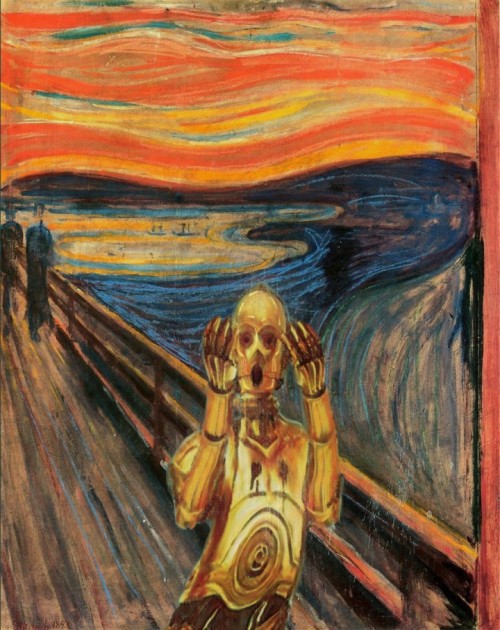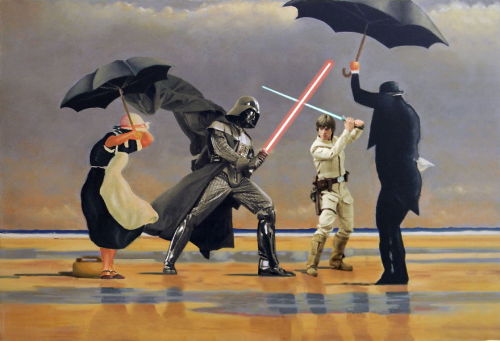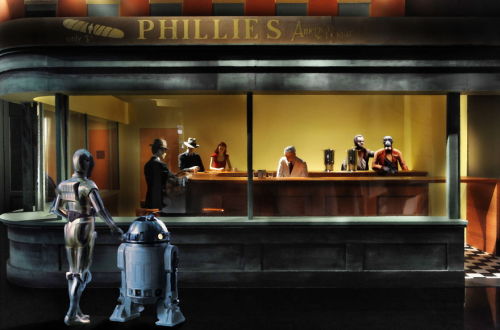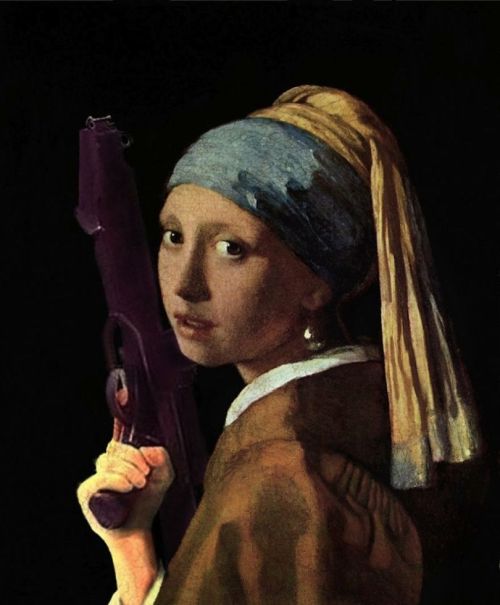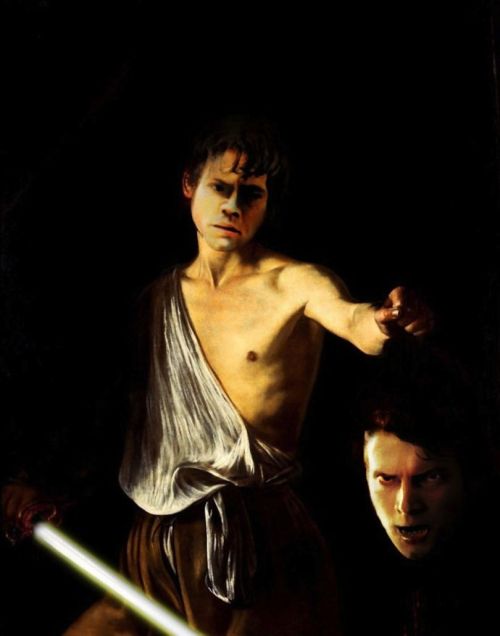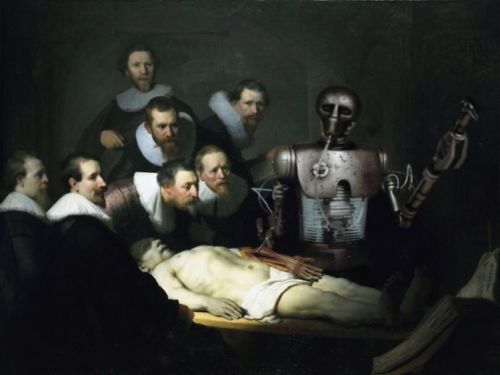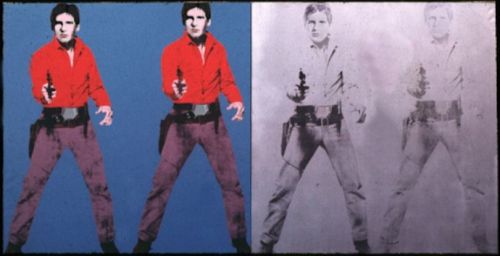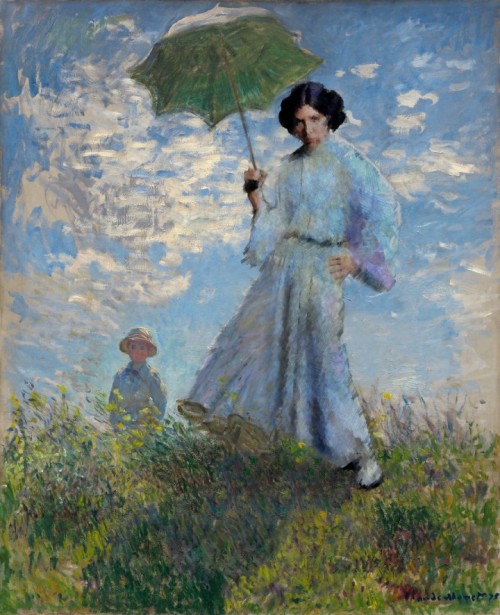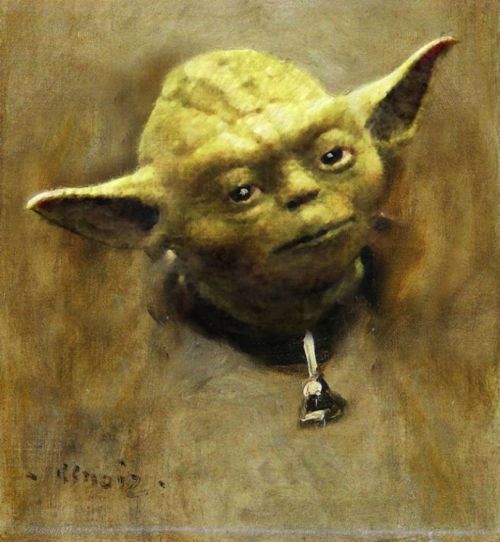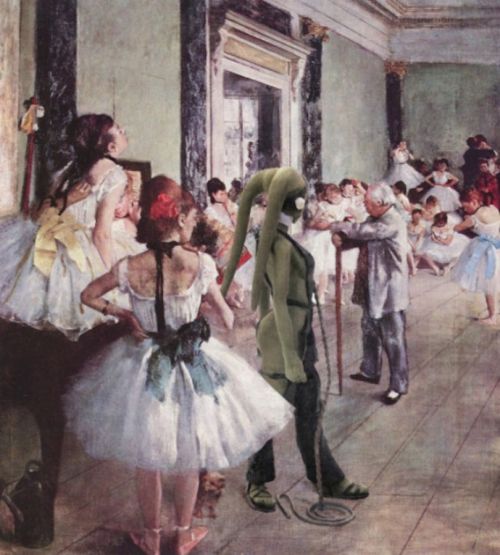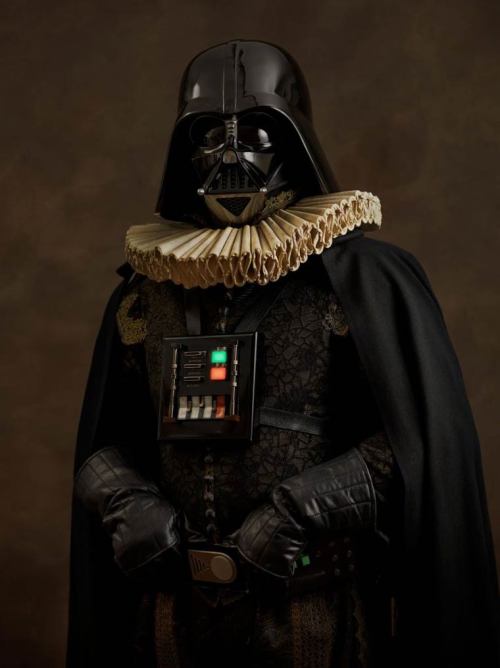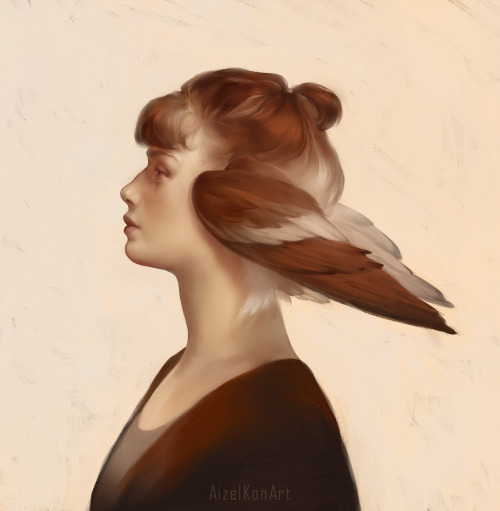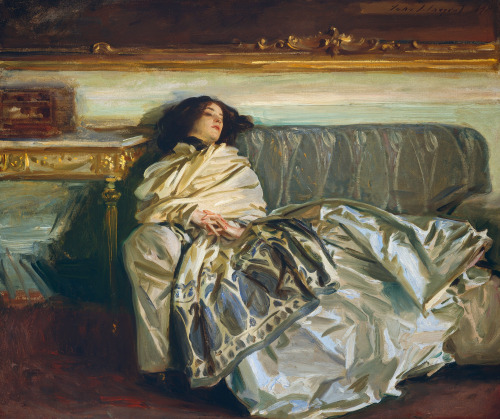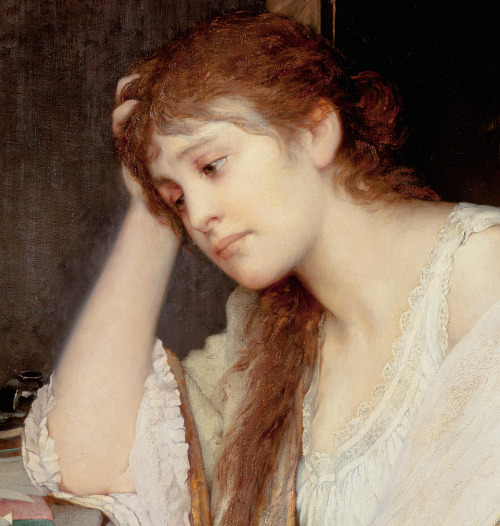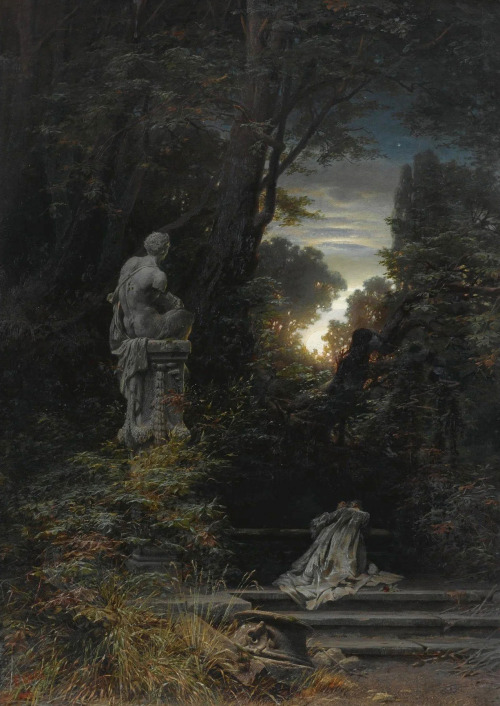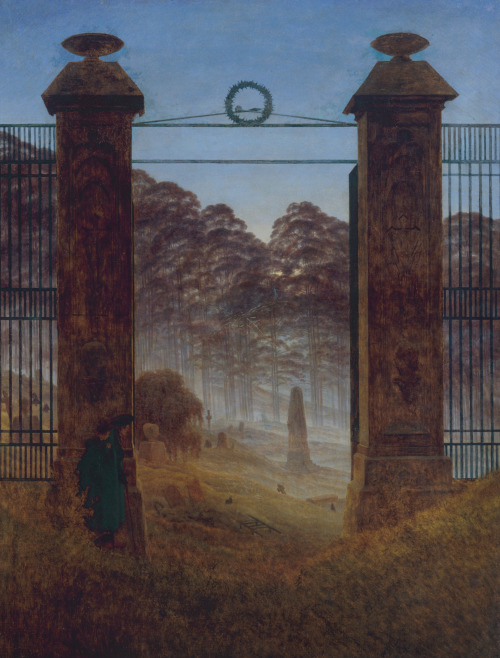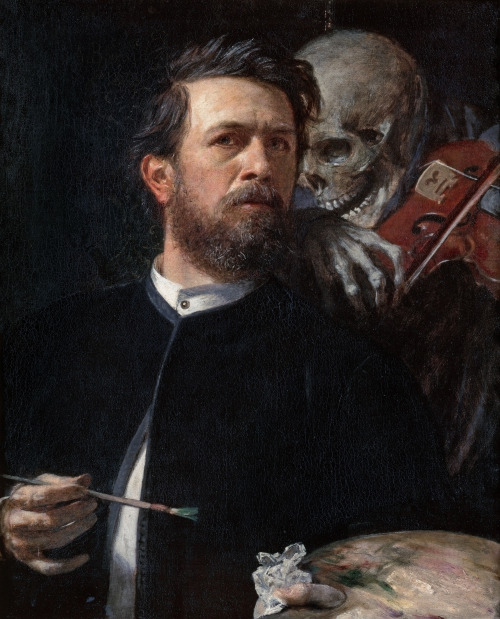#classic painting

“Never Let Me Go”
Anne Magill, 1962










In bed, the kiss, 1892
Henri De Toulouse-Lautrec

Garden With Courting Couples: Square Saint-Pierre, 1887
Vincent Van Gogh
Anne Magill, 1962
“Never Let Me Go”




Francisco Soria Aedo 1898-1965











John William Godward, Myrhinna, 1915, oil on canvas, 40.6 x 45.8 cm
What if art had been painted a long time ago in a galaxy far, far away? It’s “A HISTORY OF ART… STAR WARS STYLE” byWintersixfour.
ViaKonbini&BoredPanda
Post link
ART - When Pop Culture and superheroes meet classical Flemish painting : “Super Flemish” by Sacha Goldberger.
The excellent Super Flemish project of French photographer Sacha Goldberger, who transports the Pop Culture and superheroes into classical Flemish painting and fashion of the Elizabethan era… Some gorgeous retro versions of Superman, Batman, Spiderman, Darth Vader and so on! l Via Ufunk.
Post link

“Greece on the ruins of Missolonghi” by Eugène Delacroix - Musée des Beaux-Arts de Bordeaux

I don’t really know what to do with this …. but maybe I’ll render parts for fun some day
John Singer Sargent (1856-1925), Nonchaloir (Repose), 1911, oil on canvas, 63.8 x 76.2 cm. National Gallery of Art
-
The woman in Repose is Sargent’s niece, Rose-Marie Ormond. In keeping with his newfound preference for informal figure studies, Sargent did not create a traditional portrait; rather, he depicted Rose-Marie as a languid, anonymous figure absorbed in poetic reverie. The reclining woman, casually posed in an atmosphere of elegiac calm and consummate luxury, seems the epitome of nonchalance, the painting’s original title. Read more
Post link
Eugène Carrière (1849-1906) was a French Symbolist painter, lithographer, and sculptor known for his atmospheric, monomchromatic style of domestic intimacy scenes and for his portraits of distinguished literary and artistic personalities.
The misty appearance of Carrière’s work was prized by contemporaries tired of precisely detailed and realistic paintings. A critic once compared Carrière’s style to that of his colleague Auguste Rodin, writing, “Rodin paints in marble and Carrière sculpts with shadow.”
-
Mysterious Art Century
Instagram-Facebook-Twitter-Pinterest
Post link
Ferdinand Knab (1834-1902), A Woman at a Fountain With Rising Moon, 1866, oil on canvas, 125.5 x 91 cm. In a private collection
Post link
Arnold Böcklin (1827-1901), Self-Portrait with Death Playing the Fiddle, 1872, oil on canvas, 61 x 75 cm. Alte Nationalgalerie
-
In this self-portrait, Death is playing on the lowest string, tuned to G, which is here also the only string of the fiddle. The painter, alert, has paused in his work. According to the story, Böcklin only painted in the figure of Death in response to his friends’ asking what he seemed to be listening to. This clearly relates to the search for the ultimate that characterizes this self-portrait, and the inspiration the artist draws from the constant proximity of death.
-
Mysterious Art Century
Instagram-Facebook-Twitter-Pinterest-Shop
Post link


